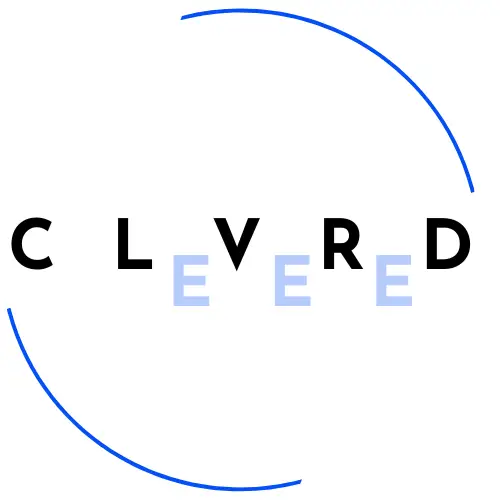As the landscape of education continues to evolve, students, educators, and parents are witnessing the transformative power of innovative educational tools that promise to revolutionize the learning experience. In this era of rapid technological advancement, digital resources have become integral, offering unprecedented access to information and personalized learning paths. From innovative study aids that cater to diverse learning styles to effective learning techniques that enhance comprehension and retention, the future of education is more promising than ever. This post explores how embracing these cutting-edge tools can elevate student learning, offering practical insights and showcasing how a CLVRD approach can make education more engaging and effective. Join us as we delve into the world of educational innovation and discover how you can be part of this exciting journey towards a brighter academic future. Learn more about the future of education and digital tools here.
Embracing Educational Tools
The future of education is here, and it’s powered by innovative tools that are reshaping how we learn and teach. Let’s explore how these advancements are transforming student learning and harnessing digital resources for a more effective educational experience.
Transforming Student Learning
Educational tools are revolutionizing the way students absorb and interact with information. AI-powered platforms are tailoring learning experiences to individual needs, making education more personalized than ever before.
These tools aren’t just about delivering content; they’re about engaging students in active learning. Interactive simulations and virtual labs allow students to experiment and explore concepts in ways that were previously impossible in traditional classrooms.
Moreover, gamification elements in educational software are turning learning into an exciting challenge. Students are more motivated to progress when their educational journey feels like an adventure, complete with rewards and achievements.
Harnessing Digital Resources
The digital age has opened up a vast library of resources at our fingertips. Online databases, e-books, and multimedia content are making information more accessible than ever before.
Cloud-based learning management systems are enabling seamless collaboration between students and teachers. These platforms allow for real-time feedback, discussion forums, and shared workspaces that extend learning beyond the classroom walls.
Digital resources also facilitate adaptive learning paths. AI algorithms can analyze a student’s performance and suggest tailored content and exercises, ensuring that each learner progresses at their optimal pace.
Innovative Study Aids
The landscape of study aids has evolved dramatically, offering students powerful tools to enhance their learning efficiency and effectiveness. From AI-powered tutors to immersive VR experiences, these innovations are redefining how students approach their studies.
Effective Learning Techniques
Modern study aids incorporate scientifically-proven learning techniques to maximize retention and understanding. Spaced repetition systems, for example, help students review information at optimal intervals for long-term memory storage.
Active recall is another key technique integrated into many digital study tools. Instead of passive reading, these aids prompt students to actively retrieve information, strengthening neural pathways and improving recall.
Visualization tools are also gaining prominence. Mind-mapping software and infographic creators help students organize complex information visually, catering to different learning styles and enhancing comprehension.
Revolutionizing Classroom Experience
The classroom of the future is a dynamic, interactive space where technology enhances rather than replaces human interaction. Smart boards and augmented reality are bringing lessons to life in unprecedented ways.

Collaborative platforms are fostering teamwork and communication skills. Students can now work on projects together in real-time, even when physically apart, preparing them for the interconnected workplaces of the future.
Assessment tools are also evolving, moving beyond traditional tests to provide continuous, formative feedback. This allows teachers to identify and address learning gaps promptly, ensuring no student falls behind.


Leave a Reply